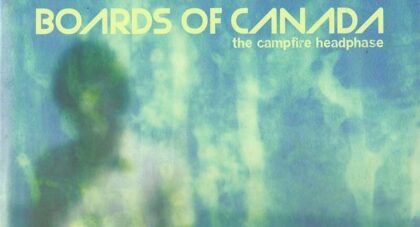Considered a monumental flop at the time of its release, The Killing of a Chinese Bookie has since developed a vehement cult following. It’s widely regarded as one of John Cassavetes’ best films and Ben Gazzara’s greatest on-screen performance. Part of the delayed attraction may be that audiences have finally caught up to what Cassavetes was attempting to do. At a time when other American directors such as Coppola and Scorsese were releasing films that would serve as the consummate blueprint for future genre films, Cassavetes was already eradicating pre-conceived narrative standards and deconstructing archetypical characters . . .
Only the good shit. Aquarium Drunkard is powered by its patrons. Keep the servers humming and help us continue doing it by pledging your support.
To continue reading, become a member or log in.


